Pasta alla Gricia has an easy recipe that has been cooked and enjoyed for many years. Its story and roots lie in ancient Roman cuisine.
According to estimates made by food historians, the development of this meal occurred sometime around the year 400 A.D. In addition, it was a dish that could always be found on the menu of a Roman bar, also it can be fried.
This dish is frequently referred to as “White Amatriciana,” which is a popular name for it. The four Roman pasta dishes—carbonara, cacio e Pepe, amatriciana, and alla gricia—are the ones that are most likely to be found on the menu of any trattoria or osteria in the city (tavern).
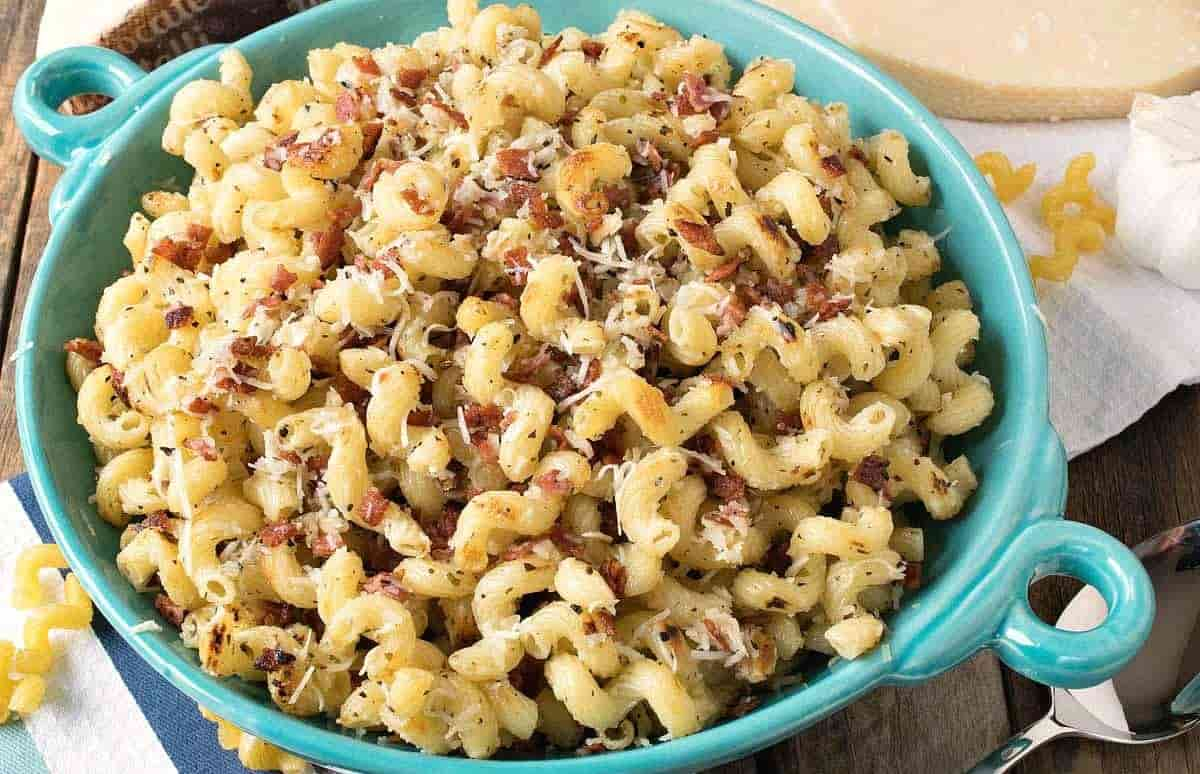
The first three examples are well-known and well-liked not just in the United States of America but also in a great number of other countries all over the globe.
The final recipe, which called for pasta prepared in the Gricia style, has been lost. Strangely, this is the oldest Roman pasta recipe, yet it’s the one the other three recipes all originate from. Just give it some serious consideration!
The only difference between this dish and a carbonara is the addition of an egg. Amatriciana is the name given to the dish when tomatoes are included.
If you add guanciale, you may call yourself cacio e pepe! Like the histories of a great number of other well-known Italian meals, the origins of alla gricia are buried in mystery.
Some people believe that the recipe first appeared in the town of Graciano, which is where its popularity began, and that from there it spread throughout Rome and the rest of Lazio.
Pasta, cheese, and meat that has been cooked are the three primary components of this meal, which, according to historical accounts, were the shepherds’ primary sources of nutrition in this area.
Shepherds were able to take their flocks out for long periods since they had all they had to keep the sheep secure and healthy while they were away.
Graciano is situated in close proximity to Amatriciana, the city that is often credited as being the origin of the equally renowned pasta dish known as l’Amatriciana.
Pasta alla gricia really precedes pasta alla amatriciana by a number of centuries. This is due to the fact that tomatoes were not commonly utilized in Italian cooking until the 19th century.
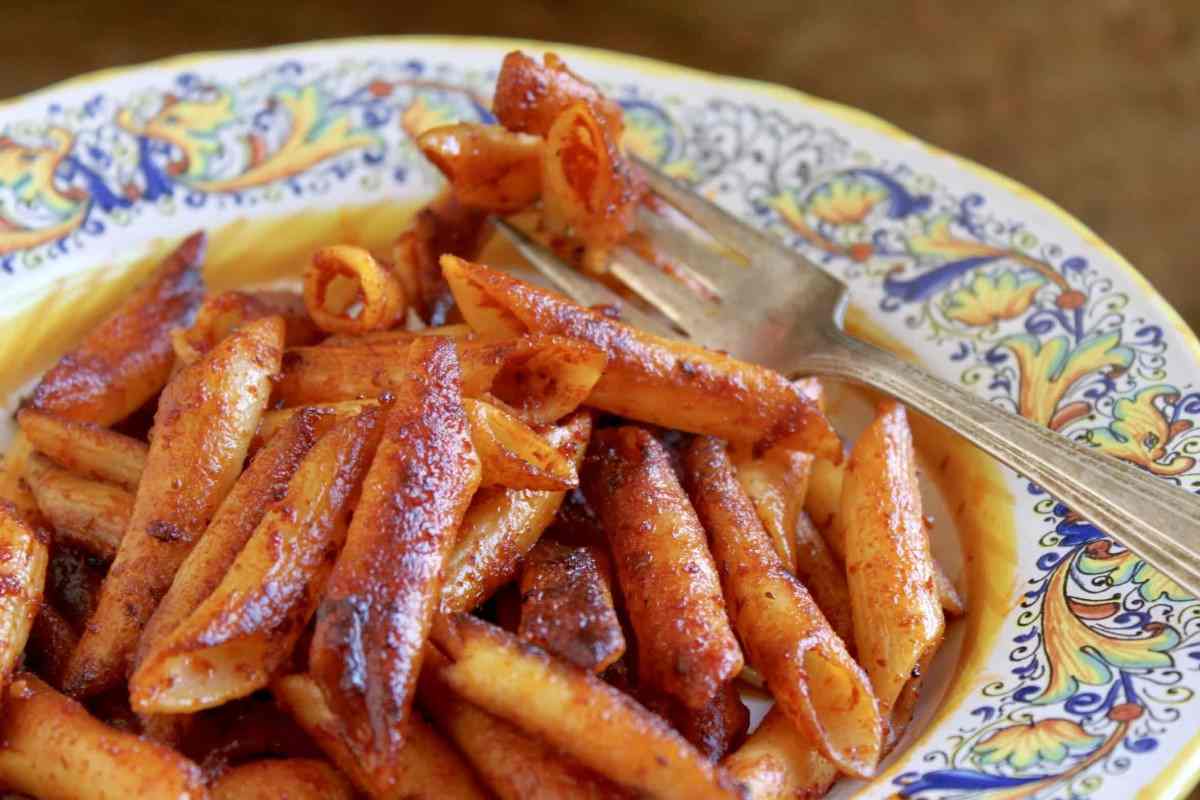
Bakers from either Germany or Switzerland, namely from the canton of Graubünden, are credited with the invention of the dish known as pasta alla gricia. The Romans referred to this group of people as the “Grigioni.”
Grigioni earned a stellar reputation for his prowess in the art of bread making. In point of fact, no other Roman bakers have ever laid claim to the title of “maestro dell’arte Bianca.” (Masters of the White Art).
According to the legends that are told about the Grigioni, they not only worked but also ate and slept in the businesses. It can be safely assumed that they switched to smoking meat at some point in time.
In addition, they prepared something that was referred to as “Alla Gracia.” To prepare authentic Roman pasta alla gricia, you need just a few key components, and each one of them must be included in the dish in some way.
In point of fact, all that is required to make this meal is spaghetti (or rigatoni), ground black pepper, and guanciale.
So long as that’s the case, I guess! Pasta alla Gricia is distinguished from other pasta dishes by the use of guanciale. The meat is customarily rubbed with salt, pepper, and other spices before being hung for at least three weeks.
The flavor is far more intense than bacon’s. Additionally, it has a pretty high-fat content and the fat that is rendered while cooking is what gives the dish its signature flavor.
In point of fact, the addition of guanciale to amatriciana and carbonara is more beneficial than the inclusion of pancetta. It’s the star of the show when it comes to pasta alla gricia. In spite of the limited number of components, the pasta dish known as “Ella Gricia” is incredibly delicious.
You may, of course, substitute parmesan cheese and pancetta for the bacon.

However, the taste won’t be quite the same! It has a unique flavor that is peppery thanks to the Guanciale, while the Pecorino cheese lends it a crisp texture and a somewhat salty undertone.
The combination of these two flavors creates this delicious supper. In order to properly prepare the guanciale for the dish, it must first be cut into very thin strips.
You should begin by grating some pecorino and then proceed to brown and crisp some guanciale in some olive oil until it reaches the desired consistency.
Some people prefer that their fat not get crispy since it disrupts their eating experience. Crispy is the way to go for me, and the water for the pasta should be brought to a boil.
After the water has come to a boil, sprinkle the salt over it. Pasta ought to be cooked until it reaches the al dente consistency recommended on the box.
When the pasta is almost done cooking, take off a little bit of the cooking water and add it gently to the guanciale while stirring continually over low heat.
Continue doing this until the pasta has finished cooking. This starchy liquid will eventually develop into the “sauce” that will be served with the pasta. If not, it will end up being too dry. Just before draining the pasta, put aside a little extra the boiling water.
After the pasta has been cooked, it should be rinsed and then put in the pan with the meat as soon as it is possible to do so. After thoroughly combining the ingredients with a stir, you should sauté them for one minute over medium heat.
After turning off the heat, whisk in half of the shredded pecorino cheese and the black pepper crushed to a powder. Before serving, mix all of the ingredients together and top with the rest of the grated pecorino cheese.
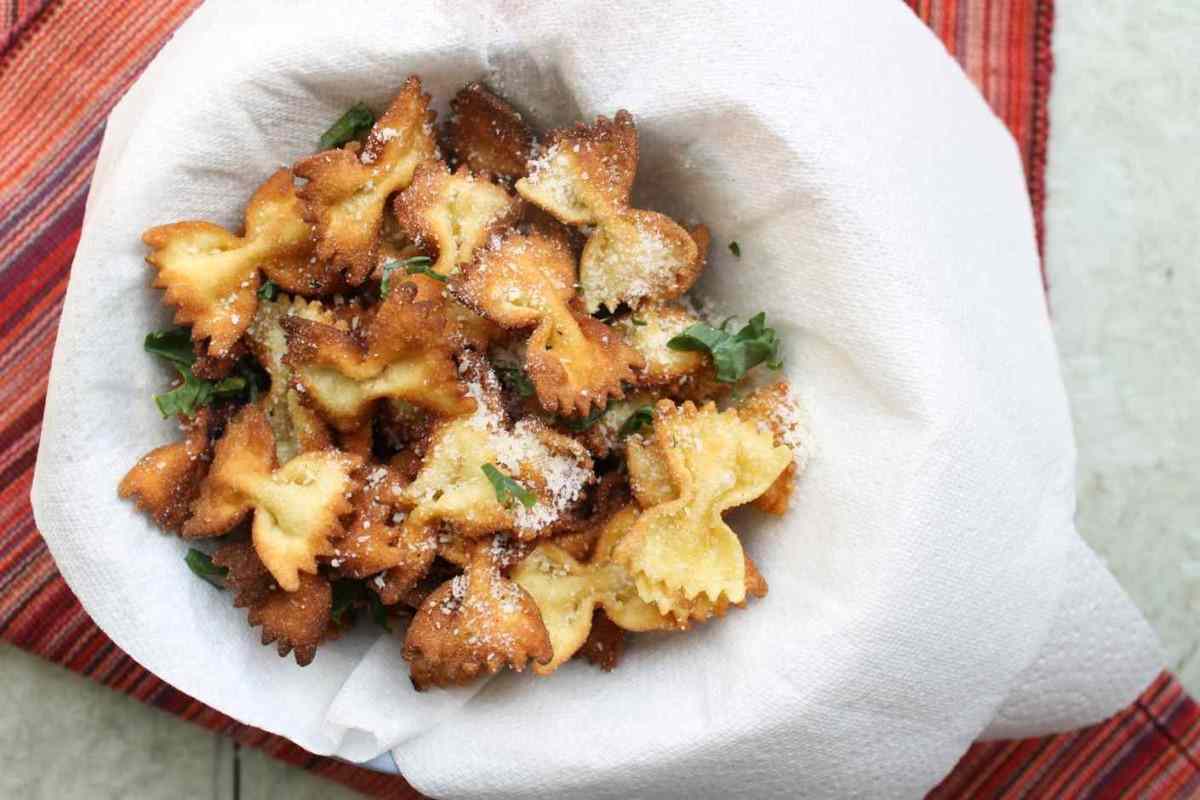
Fried Pasta Story in Ancient Roman
In the first century AD, ancient Roman citizens all around the empire enjoyed eating tracta pasta that had been fried in oil. Here we investigate its story. Before being placed in the fryer, these sheets of puff pastry were either stretched or folded (plural: tractum; Ancient Greek: v).
the term “tracta” was used to refer to these writings in Ancient Greek. Others, like Andrew Dalby, have made comparisons between the topography of Terrata and baked goods, and Dalby himself did so in his representation of the planet.
Because the processes that led up to the beginning of anything were never recorded, it is difficult to put confidence in anything. Faith in whatever it is that is being sought becomes more difficult to maintain as a result of this. Because of this, it is more difficult to place your faith in anything.
It seems that throughout history, there have been several adjustments in both the consumption of bread and the techniques used to prepare it at different points in time.
All signs point in this direction as being the fact. This was the case regardless of whether we were discussing rolls, a particular kind of pancake, or unleavened bread. This variety provides you with not only these pieces of bread but even a few others as well.
According to Veiling, Apicius is said to have characterized thickeners in his Tracta in De re Coquinaria as “a piece of puffed pastry, a circular loaf of bread, on this occasion stale, better appropriate for this purpose.”
Apicius suggests using a round loaf of stale bread or puff pastry for this purpose. Puff pastry is another option. This remark does not have any supporting citations available.
[There are very likely further sources for this information]. Athenaeus makes a reference to a kind of pastry known as tracta in his work titled “Deipnosophistea.”

Athenaeus was the one who wrote the book himself. These delicious treats were offered as a thank-you to the forbearing passengers as a reward for their patience.
In his recipe for double cakes, Cato the Elder makes a reference to bread dough; nevertheless, the procedure of baking double cakes is different from the process of preparing bread, despite the fact that both involve using the same dough.
Laganon, Laganum, and Lagana are just a few of the names that have been given to this ancient Greek and Roman staple food.
The meal already contains a significant amount of grammatical ambiguity, and this simply adds to the problem. Names such as Laganon, Laganum, and Lagana come from the Greek language and are examples of such names.
It played an important part in the culinary traditions of both ancient Greece and Rome. This was a fundamental component of the cuisine of both the Greeks and the Romans.
Both the ancient Greeks and the Romans maintained a diet that included it as a primary source of nutrition throughout their respective histories.
The authorship of this piece of writing is hypothesized to have occurred somewhere in the vicinity of the year 200 CE. According to the standard calendar of the Common Era (AD, CE), the dates are presented here (AD).
According to Ateneo de Naucratis, the recipe for Lagana may be dated back to the first century B.C. and may have originated in the Middle East. At the very least, the conventional wisdom is that Chrysippus of Tyana was the one who conceptualized the formula.
The author of the essay most likely worked some of these specifics into the text themselves unintentionally. Before being fried, sheets of dough made with wheat flour are topped with finely chopped lettuce, the juice from the lettuce, salt, and other ingredients.
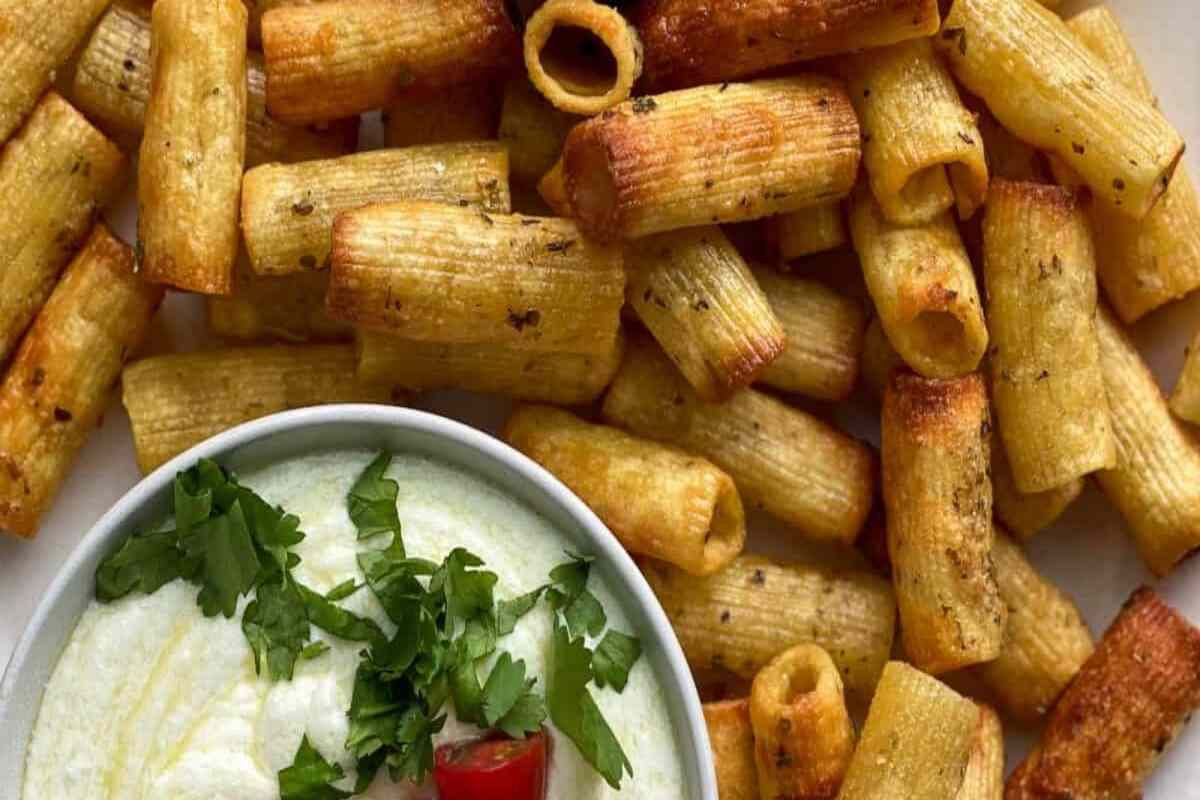
The liquid from the lettuce is drained and utilized as a binder for the layers that come after it. At the beginning of the fifth century A.D., the most common type of oil used in the kitchen was olive oil (A.D.C.).
The traditional Middle Eastern meal known as Lagana was prepared by stacking layers of bread with alternating layers of meat filling.
The dish known as “Lagana” which is popular throughout Europe has its roots in the Balkans. A particular course of food was referred to as a “Lagana” when it was discussed.
As a result, this lends some credence to the widely held but fundamentally flawed assumption that ancient Romans liked lasagna. This assertion is not supported by a sufficient amount of evidence at this time. Despite the fact that it is erroneous, many people hold to this belief.
It is dishonest to imply that the two websites are the same when there is no evidence to support the assertion that the two websites are the same. Both of these websites are managed by different entities entirely.
However, the process that was utilized in the past to manufacture Lagana is not the same one that is used to make fresh pasta or dried pasta today.
When you consider that the Lagana was cooked using a different method of cooking, it becomes obvious why there is a difference between the two.

This is due to the fact that the Lagana was made in a manner that was distinct from the manner in which other foods were prepared.
According to a number of different accounts, the first lasagna was the dish that served as the inspiration for the present form. Although there are some who disagree with you, the majority of people do agree with you.
[There are very likely further sources for this information]. Because of the striking similarities that can be seen between the two separate entities that are now in play and their outward manifestations, there is a significant possibility that they will be confused with one another.
Because of the striking similarities between their outward appearances, it is easy to see how they may lead to misunderstanding.

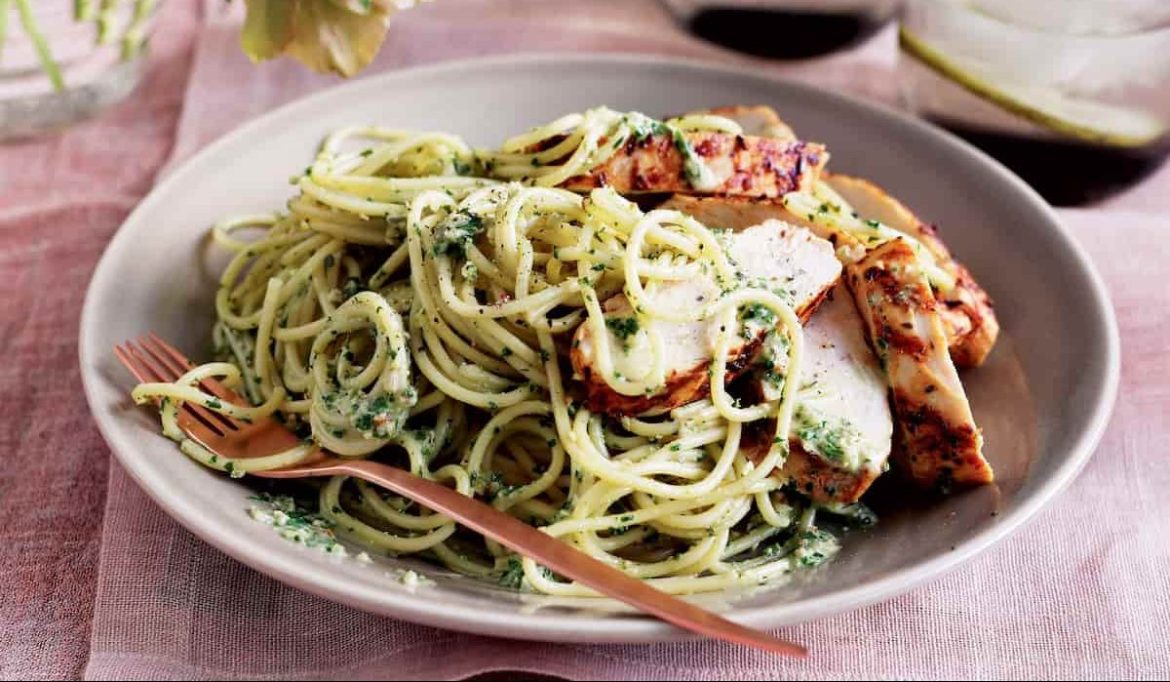
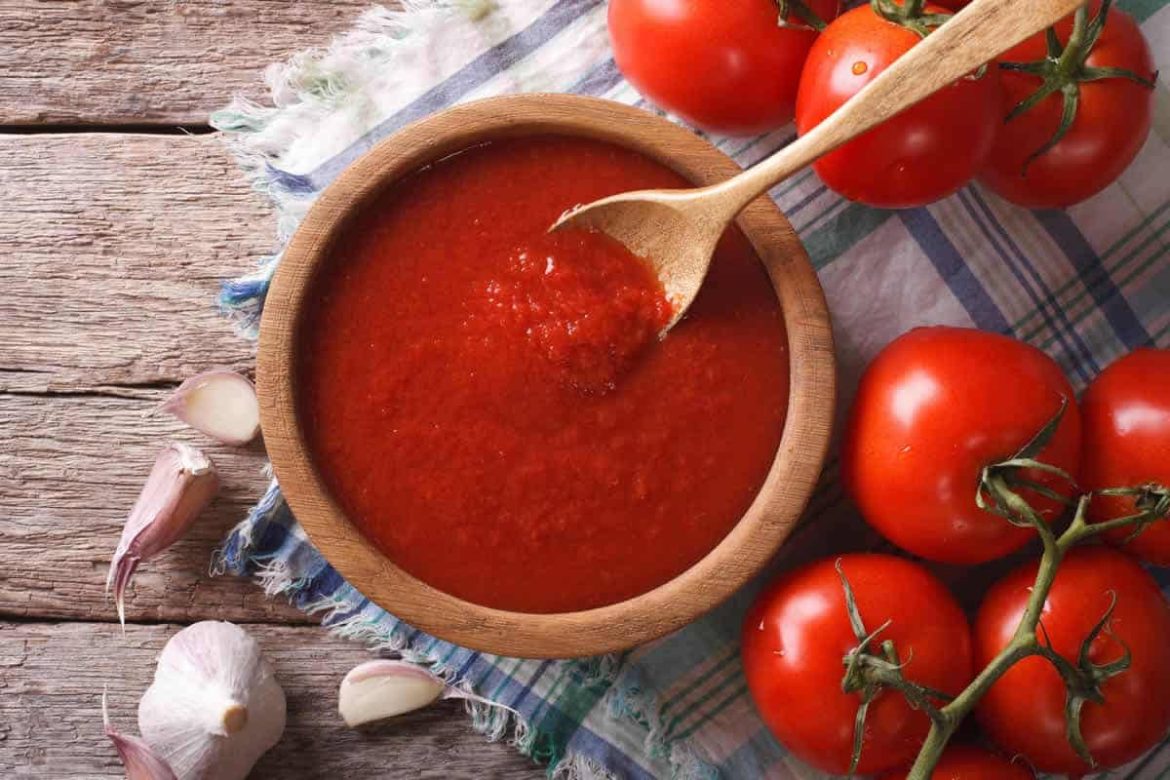
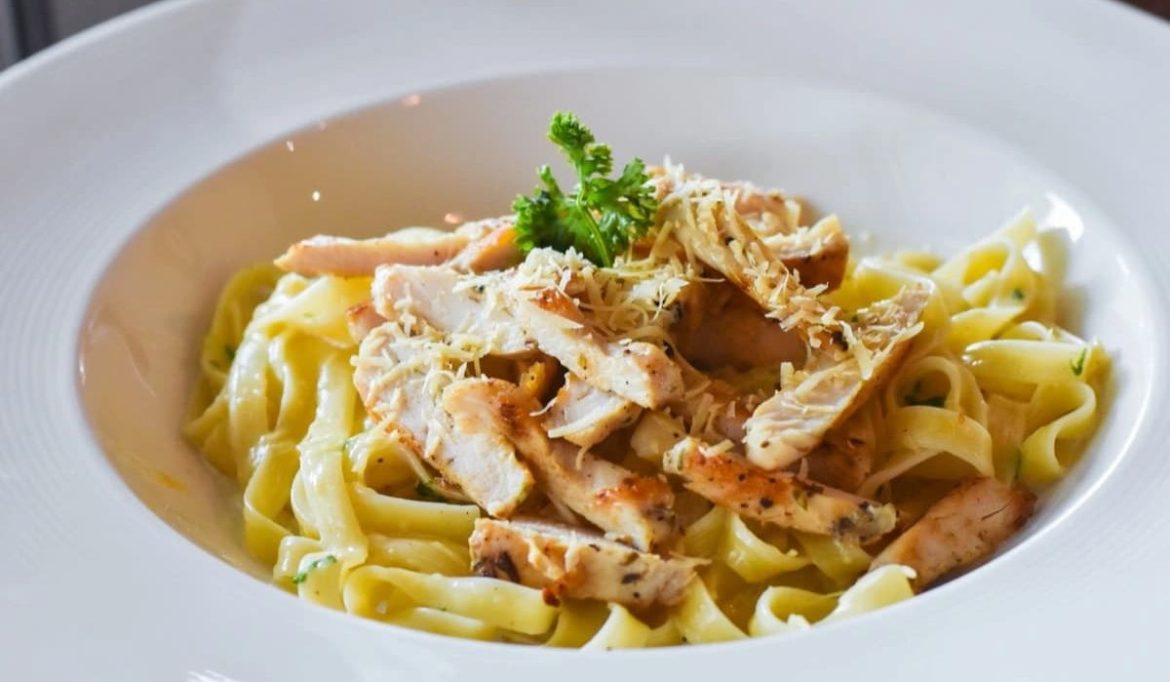
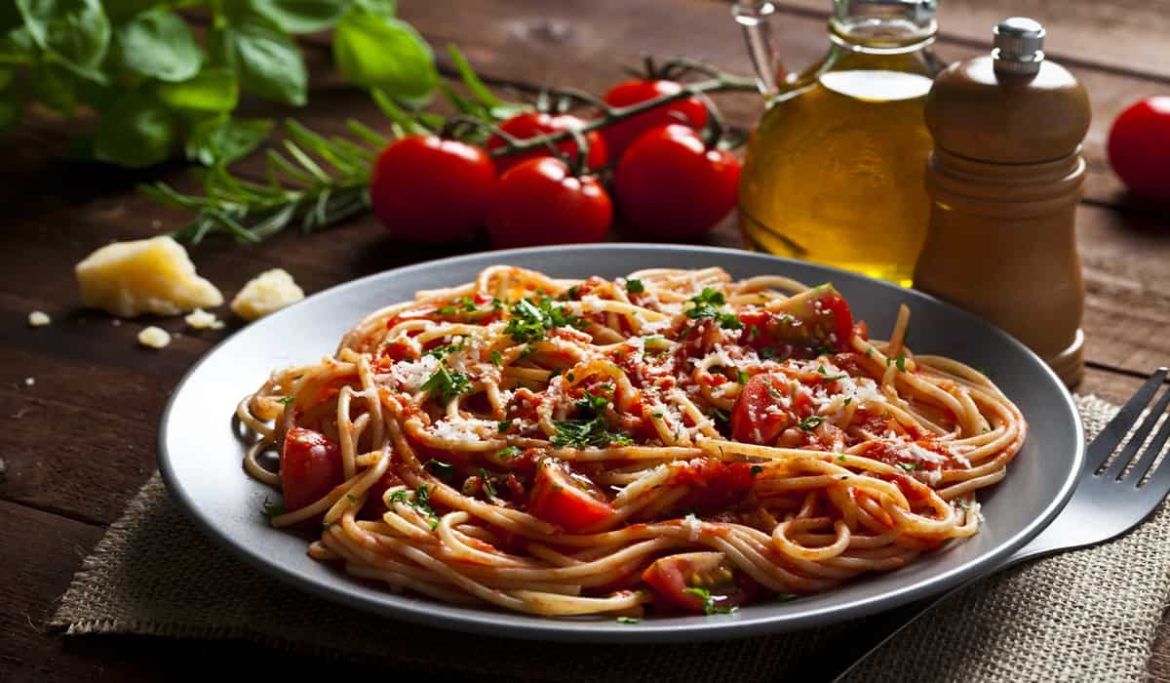
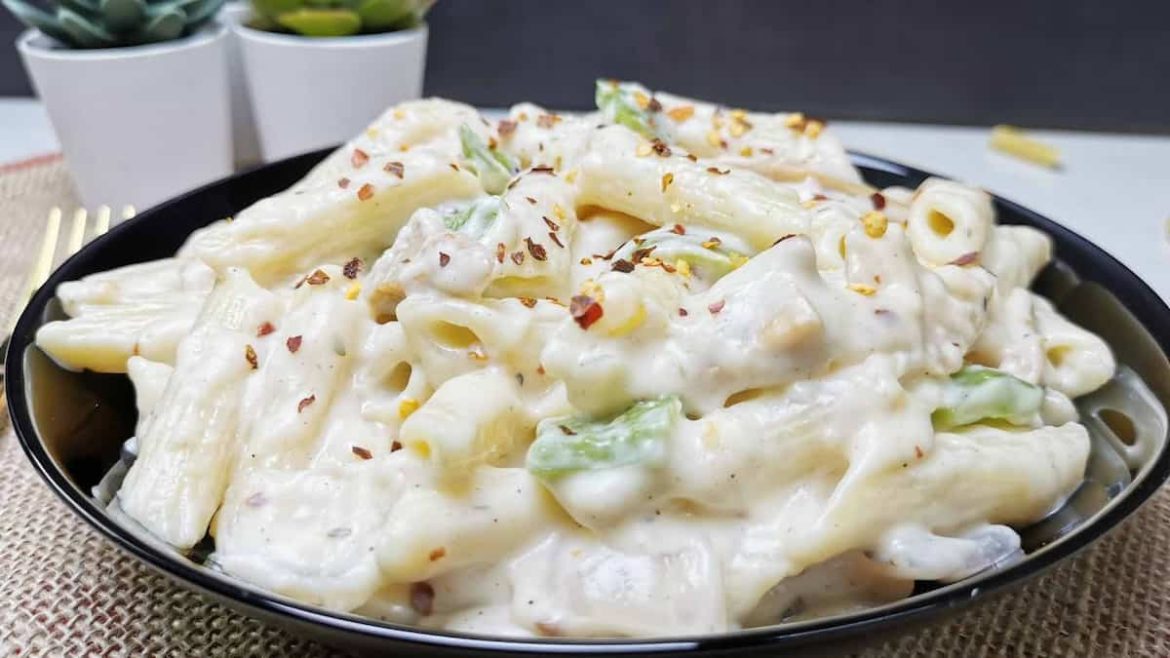
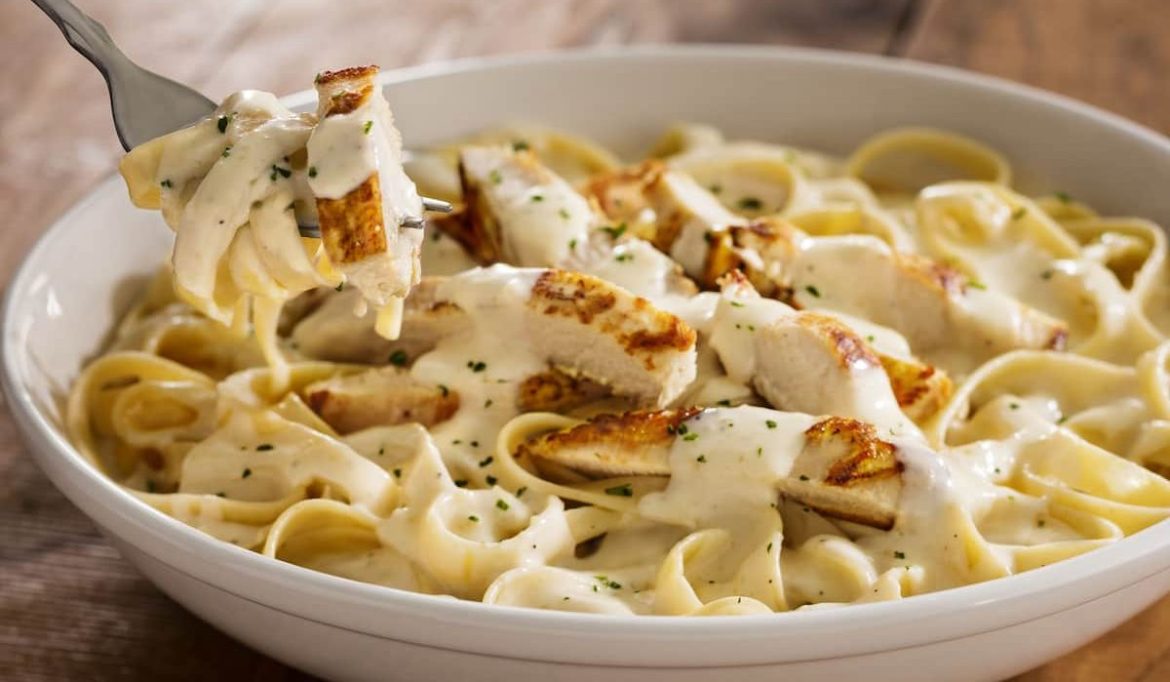
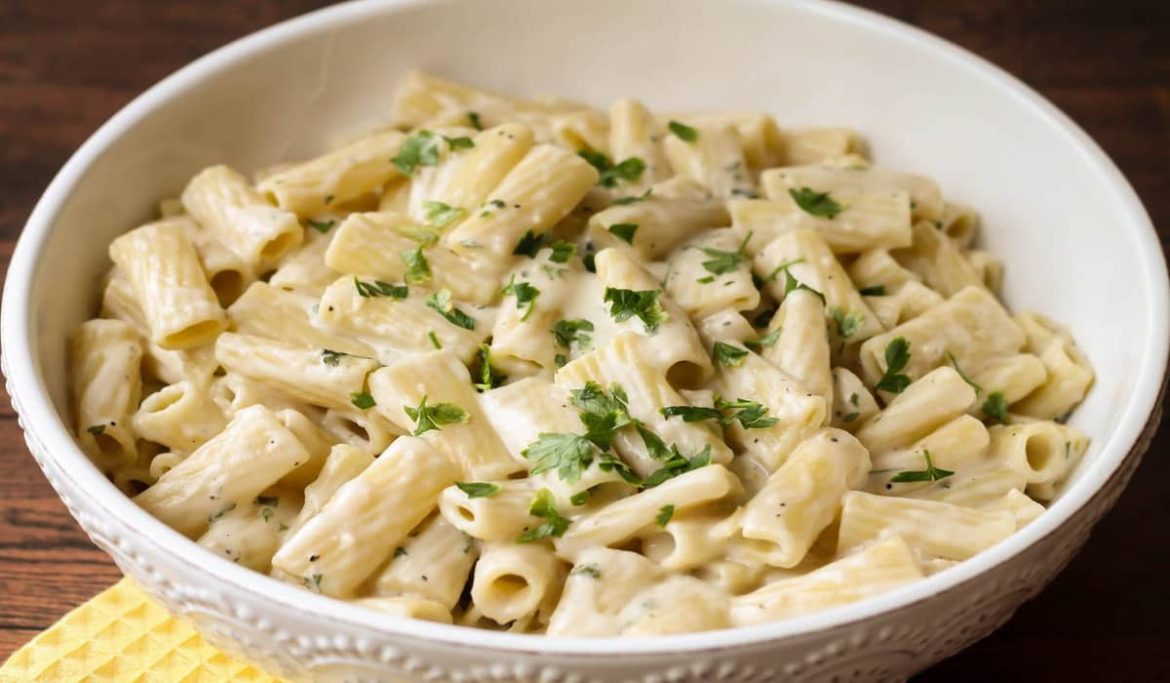
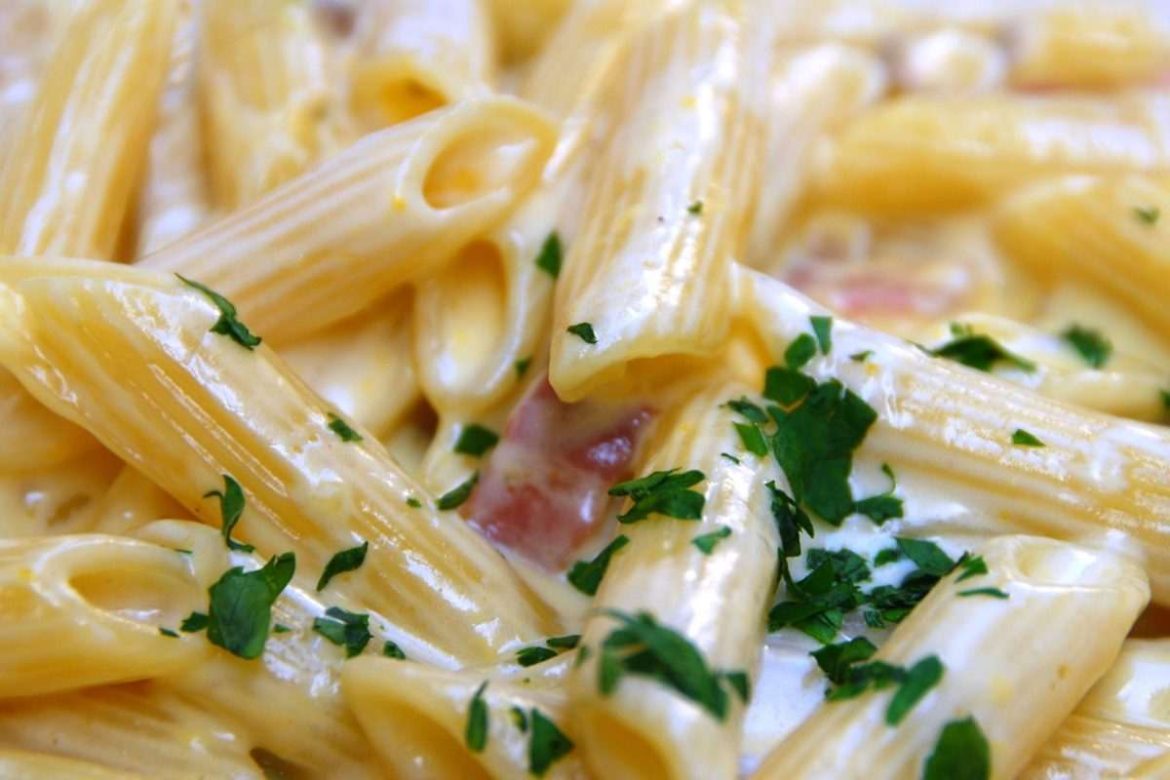
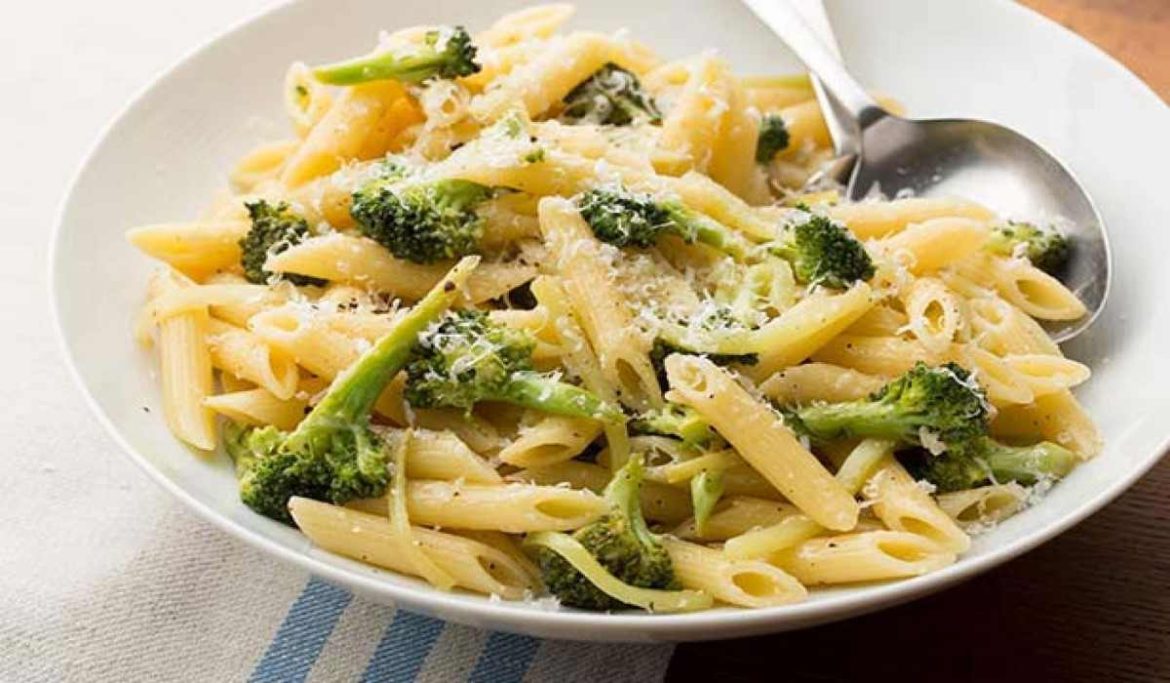
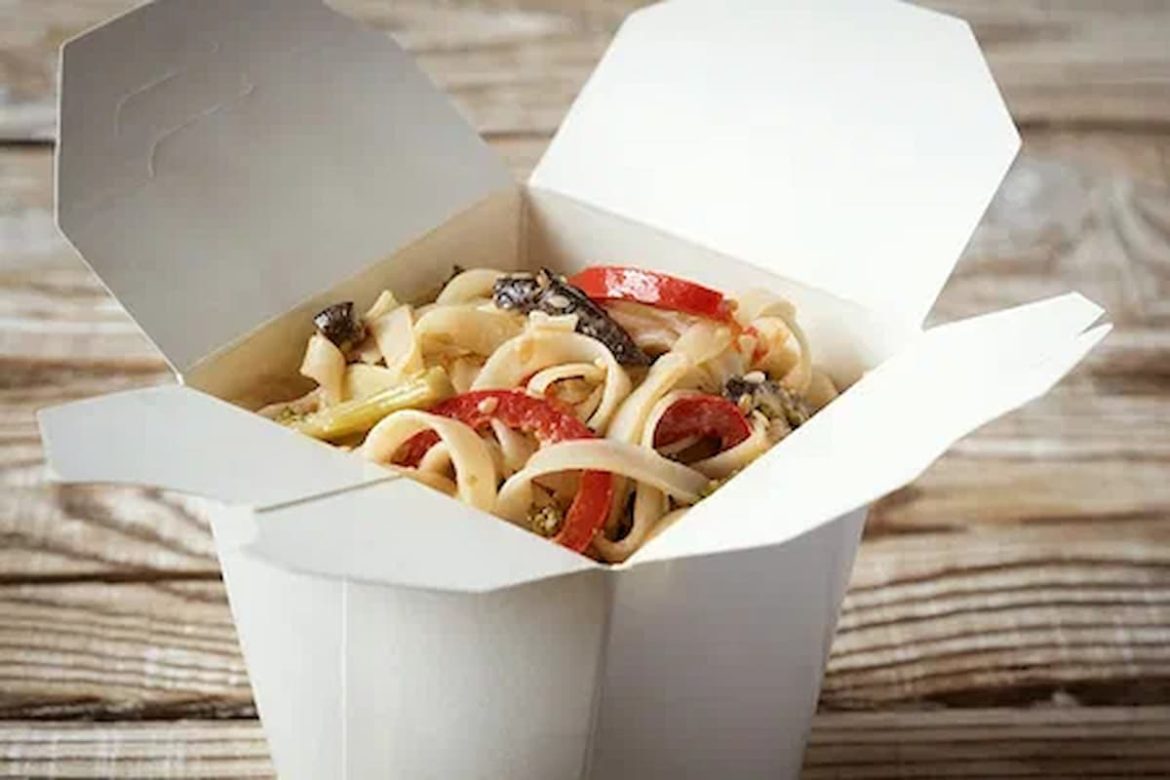
Your comment submitted.